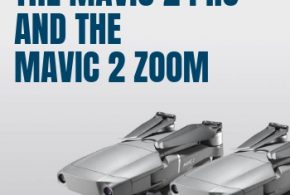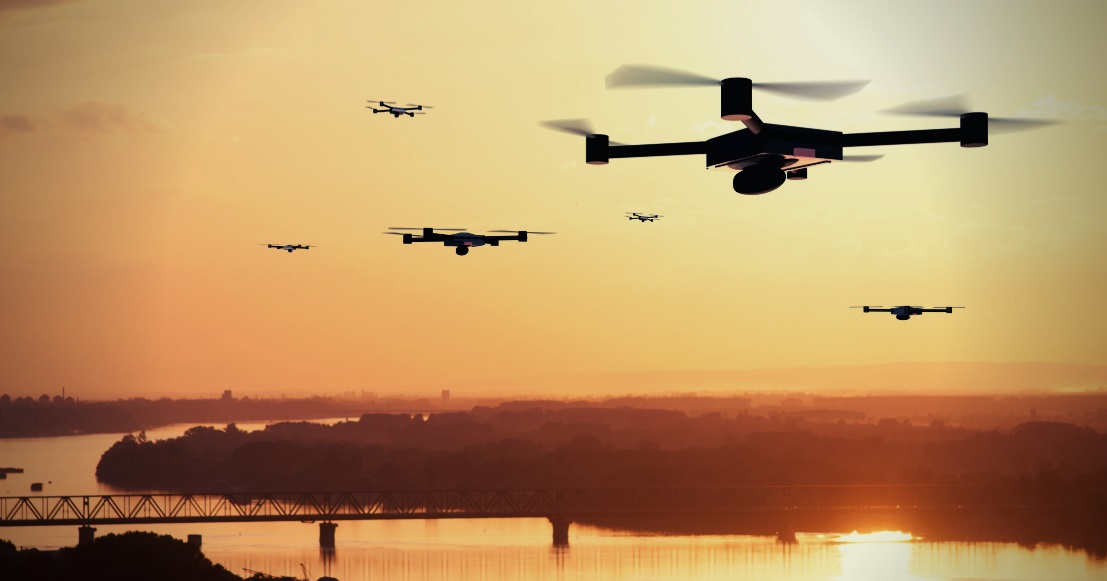Drone Dodgeball – What This Means For Future Drone Technology

Drones aren’t exactly known for their quick reactions and are pretty easily knocked out of the sky. However, this may not be the case for much longer. Researchers from the University of Zurich have created a drone that can autonomously dodge objects thrown at it, even from a close range.
University of Zurich’s Robotics and Perception Group recently showed off an autonomous quadcopter that uses motion sensors to dodge balls that are thrown at it. The drone uses special motion-detection sensors which can identify pixel-by-pixel changes in a scene in microseconds. A regular camera takes milliseconds to do the same thing because those typically compare entire frames. The result of using the motion sensor is that this drone is incredibly fast at dodging objects.
Watch this video here to see the drone in action.
You can see the quadcopter showing off these skills in the video above and while the throws aren’t entirely forceful, the drone is reacting completely autonomously. Drones have been able to maneuver and avoid static objects like trees and houses for some time now, but it’s much difficult for them to dodge items mid-air.
Giving drones an auto-dodge feature would be useful for many reasons. Firstly, it would make them much safer because it would allow them to dodge flying birds or nearby humans. It would also be helpful for military and law enforcement reasons. If you have a drone monitoring a protest, for example, being able to dodge thrown objects would be a very useful skill.
Researchers at the University of Zurich say that dodging dynamic objects is beyond the ken of even the most advanced commercial drones on the market today and there are a lot of reasons for these limitations. Technical factors including the responsiveness of a drone’s motors and the latency of their sensors all create bottlenecks. What’s easy for a human can be incredibly hard for electronics.
However, the University of Zurich’s drone has one huge advantage over commercial quadcopters: an advanced sensor known as an event camera. While traditional cameras record a set number of frames each second and pass them on to software for processing, even cameras only send data when the pixels in its field of vision change in intensity. This means they use less data and have lower latency. In other words: a quicker response time.
It’s important to remember that event cameras are pretty impressive for other reasons as well: They don’t suffer from motion blur, and they’re much more resilient to lightning conditions, able to work just fine in the dark as well as when you’re dealing with high dynamic range, like looking into the sun. As the speed and agility of drones increases, and especially if we want to start using them in unstructured environments for practical purposes, it sure seems like event cameras will be the way to go.
Event cameras are still fairly uncommon, though. They cost thousands of dollars and are not usually seen outside of a research lab. Researchers at the University of Zurich say they’ll eventually hit the mainstream, but it will take years of development to bring them down to reasonable cost.
Until then, drones will remain rather vulnerable to anyone or anything flying at it mid-air.





